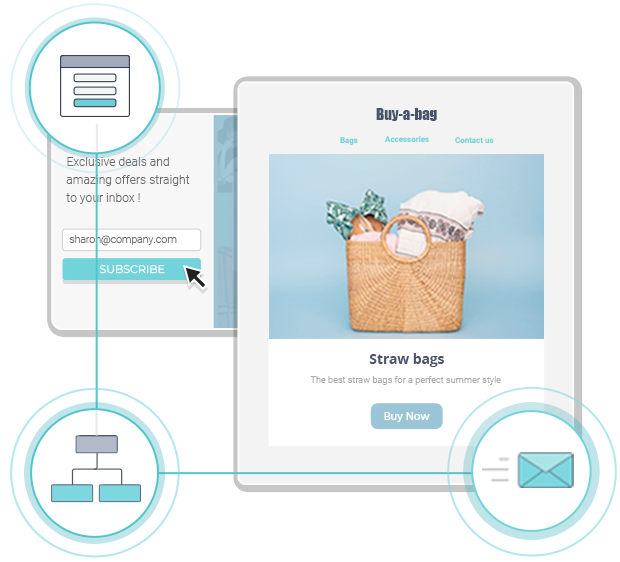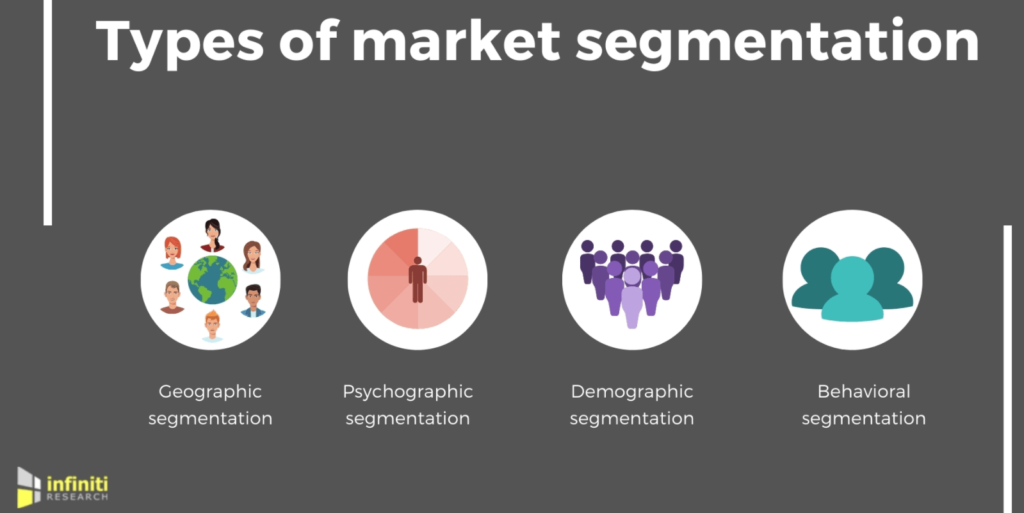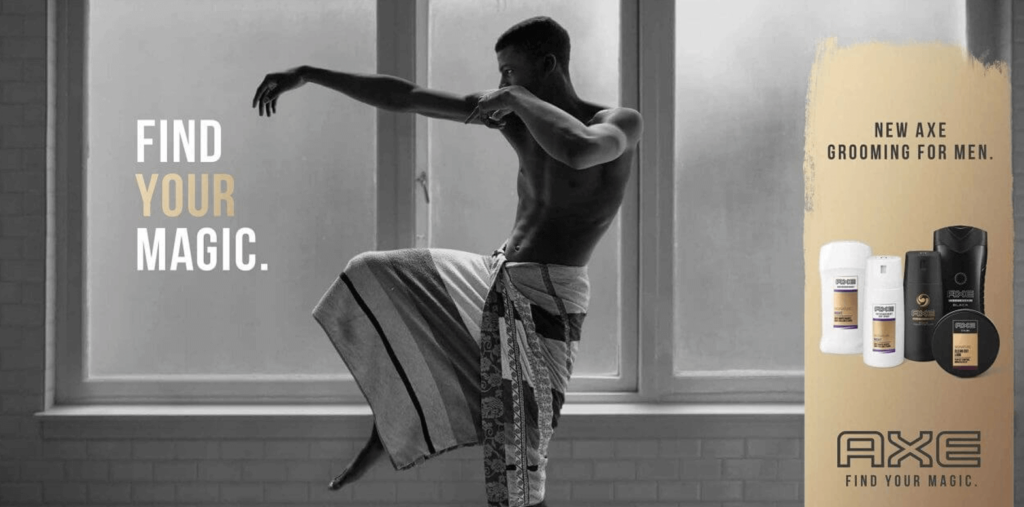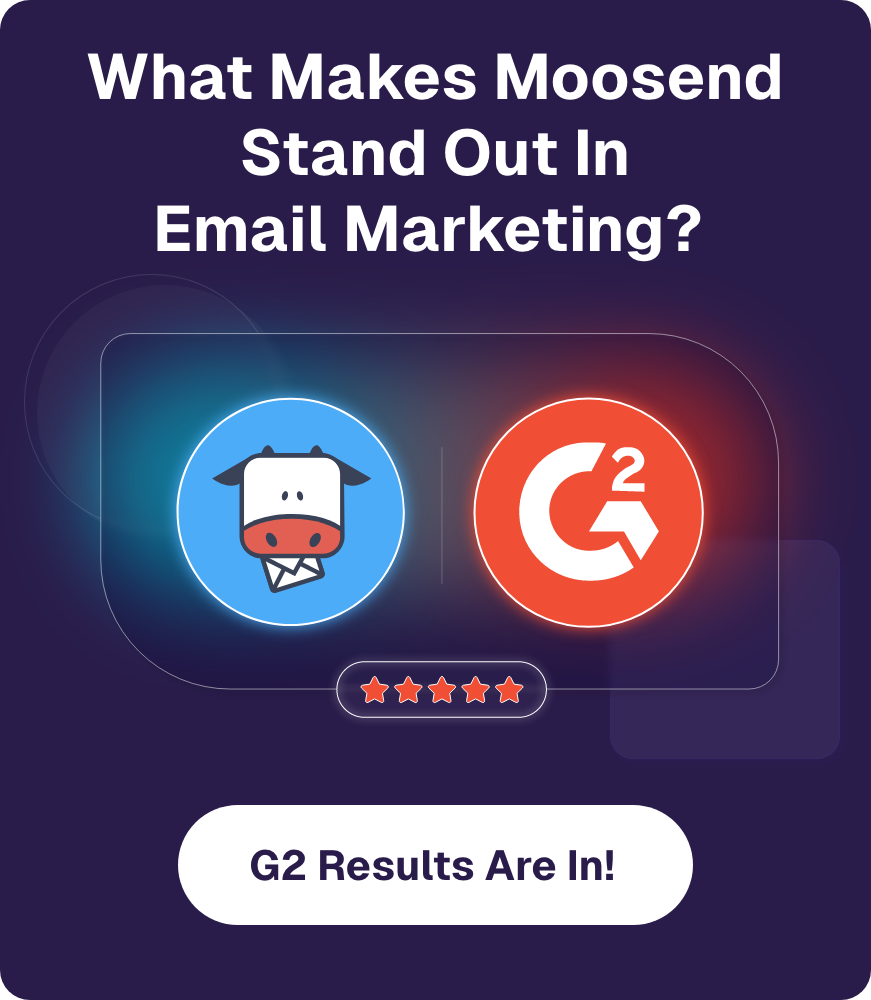
Demographic Segmentation: How to Do It + Examples [2025]
If you want to improve your marketing efforts and deliver personalized experiences to customers, then demographic segmentation should be one of your go-to tactics!
Marketers aim to understand the needs and wants of their target market to successfully promote their products or services. Besides that, consumer behavior has shifted massively over the years, and people value and choose brands offering personalized experiences. So one way to win customer loyalty and retention is by segmenting your customer base.
In this guide, we’ll focus on demographic segments and see how altering your messaging based on specific audience traits can help elevate your business game.

The easiest and most affordable email marketing and newsletter software!
Demographic Segmentation Definition
Demographic segmentation is the process of dividing your customer or subscriber base into different groups based on shared common traits. A demographic analysis refers to the statistical characteristics of a group of people from a personal and socio-economic standpoint.
The end goal of this marketing method is to understand your buyer personas better and deliver them the products and services they need and look for. So as a business strategy, it aims to secure sustained customer attraction and loyalty, and of course, a high business ROI.
Here are the most common demographic segmentation variables:
- Age
- Gender
- Income level
- Family status
- Occupation
- Ethnicity
- Education level
This list is not extensive; businesses occasionally consider other factors, such as religion, marital status, or even sexual orientation, based on the services/products they offer. So it should all start with analyzing your target personas, which is a prerequisite to successful demographic segmentation.
Additional Market Segmentation Types
However, as mentioned in the introduction, this is not the only type of segmentation. Even if the rest of the customer segmentation criteria are out of the scope of this guide, it’s worth noting them as they’re frequently used in marketing. Here are the definitions:

Geographic segmentation: Targeting people that live or purchase at a specific location/country.
Psychographic segmentation: Targeting purchase behavioral patterns, such as values, beliefs, and interests.
Behavioral segmentation: Targeting users and buyers based on interactions they have with your brand.
As you can understand, all these variables matter when building personalized experiences for customers. But let’s dive more into our demographic segmentation queries.
Benefits Of Marketing Demographic Segmentation
What are the most profound benefits of introducing demographic marketing segmentation into your business strategy? Let’s see:
1. You Can Boost Personalized Marketing
Segmenting your audience into groups based on shared characteristics can help you deliver more relevant marketing experiences and messages to them. Keeping in mind how valuable personalized marketing is for businesses, this is an extra helpful process for those who want to stand out.

Usually, consumers of the same age group and gender have similar interests and needs. For example, a cosmetics brand wishing to nurture subscribers through email marketing campaigns would target a specific age segmentation group, such as females of 25-34, based on the product they want to promote. This way, they will be more likely to see these campaigns converting down the line.
2. You Can Create More Relevant Products
Once you dive more into the demographics of your customers and see how each market segment responds to your products, you’ll be able to adapt your offers and reshape your promotional messaging accordingly.
Continuing with the same example, let’s say that you create beauty cosmetics and your target customers have a high income. However, you quickly realize that competition is more demanding than expected. After quick market research, you decide to release a new product to bring new potential customers to your brand with a lower income by slightly adapting the pricing and messaging.
3. You Can Improve Your Marketing Strategy
And of course, demographic segmentation can help you put things into perspective and improve your marketing strategies. For instance, if your primary customers are millennials, you should craft more creative content and promote it more via social media or email marketing techniques, where they usually hang out. When your figure out which method works best, you can capitalize on it.
However, if you target baby boomers or people of a different age group, you may need diverse messaging and methods to convince them to purchase your products. So through demographic segmentation, you can revisit and elevate your marketing game going forward.
4. You Can Nurture Customer Relationships
Last but not least, demographic segmentation can help build stronger relationships with buyers and secure their retention and loyalty down the line.
By receiving products and experiences tailored to their needs, they will relate more to your business and product/services. Thus, they will be more likely to stick with your brand if your quality and relevance remain high.
Examples of Demographic Segmentation (Per Variable)
Here, we’ll present some examples of how certain brands have utilized demographic data and segmentation to meet their marketing and sales objectives:
Family Structure
For certain eCommerce businesses, knowing the family size or structure of the consumer is essential. For instance, if you want to sell products for babies or children, there is no reason to target single young adults. Instead, it would make more sense to focus on married couples or new parents.
So when you promote products/services to families, make sure to emphasize the quality and safety of products, as parents value them a lot. Look at this fantastic campaign by Thumbtack, a modern home management platform. In this email example, they want to motivate parents to begin a fun and creative project with their children at home:
Subject line: A project your family won’t forget

If you want to apply demographic segmentation to your email marketing strategy and send automated campaigns, you can massively benefit from a marketing platform like Moosend. Try our list segmentation feature and see your conversions rising!
Age Segmentation
In age segmentation, marketers usually divide segments within age ranges, such as 18-24, 25-34, etc., which is also known as lifecycle segmentation. You can also run into similar categorizations like Millenials, Gen Z, or Gen X.
Once a marketing team has chosen the age group they want to target, they start forming their promotional campaign based on the average needs, interests, and values of people in this age group.
Gender Segmentation
Gender can also be a demographic factor suitable for segmentation, especially for B2C eCommerce. However, it’s essential to avoid reproducing polarising gender stereotypes as you may have adverse results. Instead, try to create campaigns promoting positive values and qualities.
This promotional campaign by Axe is an excellent example of new-age gender-based marketing. It aimed to highlight men’s beauty and tackle toxic masculinity, and the result was compelling:

In a similar pattern, when targeting females, choose an inclusive tone that is empowering as Dove does in their campaigns:

Income Segmentation
Another common segmentation factor is personal or household income, especially for more luxury brands. Targeting a Hermes campaign to a person in a lower income bracket would not be a great strategic move, as you’ll find it hard to convert them. But if you present the right products to the right people, they’ll be more likely to purchase.
If you have a look at this advertising campaign, it’s easy to understand that it targets consumers with a keen eye on high fashion and a similar lifestyle to the one the image portrays:

Occupation Segmentation
This type of segmentation is also an indicator of a consumer’s income and lifestyle. It’s also beneficial for B2B organizations to promote their products or services to professionals who possibly need them. All you have to do is convince them that they will reduce their daily pain points at work.
Let’s see an email campaign by Slack inviting prospects to a virtual tour of the product. From the email copy, a professional can see all the benefits they’ll reap if they acquire the platform:
Subject line: Why you won’t want to miss Slack Tour

How To Collect Demographic Data
But where exactly can you find the data to start utilizing demographic segmentation and improve customer experience and retention? Hopefully, there are many sources to turn to create the appropriate segments for your market and business:
1. Analytics Software
First, you can collect specific demographics from your analytics tool. For example, with Google Analytics, you can access information about your website visitors’ gender and age. You can see how your website pages perform for these variables to understand your audience better.
Then you can utilize that info to find ways to keep nurturing your buyers. Alter your positioning and messaging to attract a new audience that is not currently a fan, for example, a different age group.
2. Customer Surveys
Another great way to collect demographic data from your customers is by crafting customer surveys. You can either create a dedicated demographic survey or combine it with customer satisfaction and experience questions.
In the second case, you’ll also be able to dive into more sophisticated data around customers’ interests and needs based on their demographics and adjust your marketing and product accordingly. Plus, there are loads of survey templates out there to help you craft one by yourself.
3. Social Media
Social media marketing is well-known for its limitless possibilities. When using platforms like Instagram and YouTube, you can look at the insights and see how different people like to engage with your brand.
For instance, with YouTube Analytics, you can learn factual information about your audiences, such as age, gender, location, and even what other channels they watch. Collect that data and use it wisely.
4. Public Records
Last but not least, you can gather census data from public records and use it as a reference. You can also find statistics and economic surveys from different countries and see how they can fit your business.
If it’s possible to combine information from all or most sources shared above, that would be ideal. When it comes to data collection, the more is the merrier – as long as the sources are credible, of course!
Two Possible Cons Of Demographic Segmentation
However, apart from the benefits and necessity of demographic segmentation in a marketing strategy, it’s crucial to avoid falling into certain traps that might hurt your results! Let’s see them:
Limited Outreach
Sometimes, when you concentrate on specific segments and demographics, you might lose significant opportunities and, subsequently, ROI. Overall, excluding a possible audience from your brand is not a smart move. So even if you’ve spotted your top three segments, it’s wise to create campaigns for other audiences occasionally to keep their interest alive.
Plus, it’s important to regularly run through a segmentation analysis to ensure that you address your audience the right way at all times.
One-Size-Fits-All Approach
Moreover, remind yourselves that people who share a standard demographic variable are not the same. Not all Gen-Zers have similar needs and interests, so don’t rush to take anything for granted.
To avoid jumping to early conclusions, pick more than one demographic variable to build top personalized campaigns. And, remember, mixing other market segmentation types into the recipe, like psychographic or geographic factors, will turn into a huge asset.
The End!
Now that we’ve probably convinced you about the vital role of demographic segmentation for your business success, it’s time to start collecting and analyzing that data diligently. Once you pick the right demographics for your business, you’ll quickly realize how much easier it gets to nurture your audience and create marketing campaigns and messages tailored to their needs and deepest wishes.
Before we wave you goodbye, let’s remind you once again that with Moosend, you can easily set up segmented lists to send personalized emails to your subscribers and convert them in a flash. Sign up for a Moosend account today!
Frequently Asked Questions
If you’re here for some quick answers to big questions about demographic segmentation, we’ve got your back:
1. What Is Demographic Segmentation?
Demographic segmentation is a business strategy that divides your audience into different groups based on traits such as age, gender, or education. It’s a type of market segmentation and allows businesses to connect more with their top customers and sustain their growth.
2. Why Is Demographic Segmentation Important in Marketing?
Marketers use demographic segmentation to understand their target audience and market better. Their goal is to create personalized experiences for their buyer personas tailored to their needs, interests, and pain points.
3. What Are the Six Main Types of Demographic Segmentation?
There are six major types of demographic segmentation: Age, gender, occupation, income, education, and family status. However, you can target other demographics that suit more the product or service you offer, such as ethnicity or religion.
4. What Are the Four Main Types of Market Segmentation?
Market segmentation consists of these basic types: Demographic, psychographic, geographic, and behavioral segmentation. If you want to include segmentation in your marketing practices to succeed, see which of those factors suit you based on the nature of your products/services and start building your processes on them.
5. Segmentation vs. Targeting: What’s the Difference?
Segmentation and targeting are two strategies that work jointly. Segmentation is the process of dividing your customer or subscriber base into different groups. Targeting means tailoring your messaging and efforts to those segments to boost brand awareness and customer retention. Collectively, they can work miracles for your brand.





 Published by
Published by
